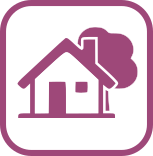Goals & Strategies
Goals
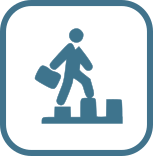
Access to Economic & Educational Opportunities

Manageable & Reliable Traffic Conditions
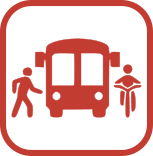
Quality Transportation Chocies
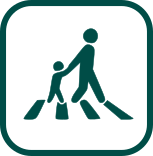
Safe, User Friendly Streets
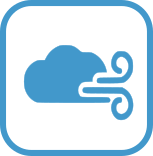
Clean Air

Housing Choices & Affordable Living Expenses
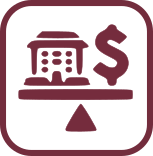
Fiscally-responsible communities and infrastructure

Sustainable environment
Ample parks and public spaces
Strategies
Wasatch Choice Vision key strategies for a thriving region and communities:
(Click here for a printable version)
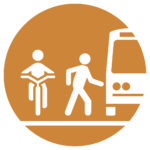
Transportation choices: Provide people with real choices in how they get around – by driving, transit, biking and walking – so people can easily reach their destinations.
- Invest in transportation choices: roads, trails, and transit
- Interconnect most streets to reduce trip distances, disperse traffic, and make it easier to walk and bike
- Grow near transit. Create opportunities for growth of city and town centers near transit to help more people have transportation choices and reduce traffic congestion
- Design walkable streets. Design some streets and adjacent land uses to prioritize walking and bicycling
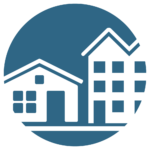
Housing options: Support housing types and locations that meet the needs of all residents.
- Allow the highest intensities in city and town centers and near transit (apartments, condos)
- Provide more entry-level housing options, such as single-family homes on small lots, townhouses, duplexes to four-plexes, and cottage courts
- Help rural areas stay rural by accommodating growth in urban areas
- Allow master-planned communities to grow in greenfield areas with a variety of housing types and mixed uses

Parks and public spaces: Ensure ample and convenient parks, public spaces, and open land for gathering and recreating.
- Invest in open space preservation through conservation easements or purchases
- Identify opportunities for infill and redevelopment as a strategy to conserve open space
- Allow for clustering of homes on smaller lots to preserve areas for open space
- Construct more public spaces, including parks, plazas, and community-gathering places as communities grow
- Explore adding parks to existing neighborhoods that are underserved
- Include in master-planned communities parks, trails, and community open spaces
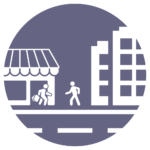
City and town centers: Create and enhance city and town centers as the hearts of our communities – walkable areas where activity is focused, with places to live, work and play.
- Preserve the character of existing suburban single-family residential areas by creating opportunities for more growth to be absorbed in city and town centers
- Create pedestrian-friendly areas, including land uses, plazas, and streets that welcome social interaction
- Mix homes, jobs, and shopping within centers to enable shorter trips
- Allow strip malls, big box stores, and parking lots to change into housing or mixed-use areas
- Meet parking needs with “right-sized” shared and structured parking to leave more space for buildings and plazas
- Enhance sidewalks, bike lanes, shade trees, and lighting to make centers more inviting

